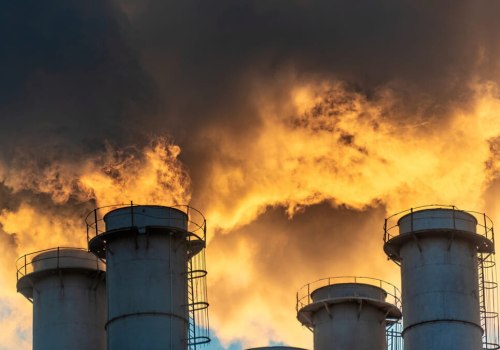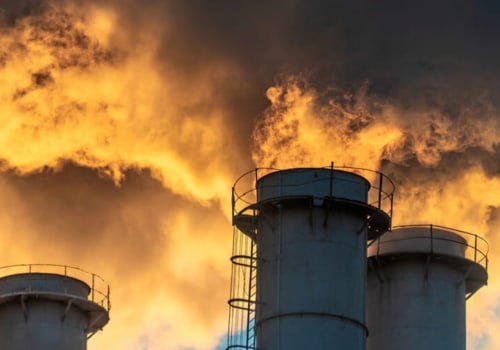As an expert in environmental health, I have seen firsthand the impact of air pollution on public health and the economy. The Clean Air Act, enacted in 1970 and strengthened in 1990, has been a crucial piece of legislation in reducing air pollution and protecting public health. Over the years, it has proven to be effective in reducing the main air pollutants that cause smog and particle pollution by more than 60%, while the economy has more than tripled. The amendments made to the Clean Air Act in 1990 have also led to an increase in electricity production and a decrease in prices.
This law requires states and the Environmental Protection Agency (EPA) to address multiple air pollution problems using the latest scientific and technological information. The bipartisan origins of this law have played a significant role in keeping our air clean, combating climate change, and protecting public health. However, it was a tragic event that occurred seventy years ago that truly shed light on the dangers of air pollution. In 1948, a cloud of air pollution caused by a local factory in Donora, Pennsylvania resulted in the death of twenty people and thousands becoming ill. This catastrophe sparked significant efforts to ensure that our air remains life-sustaining and does not pose a threat to life. The Clean Air Act gave the federal government the authority to enforce regulations that limit air pollution.
Through thousands of epidemiological and controlled studies, we have gained a better understanding of the relationship between air pollution and health. It is now well-established that air pollution, including particles, ozone, heavy metals, and acid gases, can be harmful and exacerbate respiratory conditions such as asthma in children. In this article, we will delve into the various effects of airborne pollution on childhood lung diseases. We will take a look at the history of current air pollution regulations, discuss current initiatives that threaten these regulations, and present scientific evidence that highlights the importance of maintaining, and even strengthening, air pollution standards for the sake of children's health. Since 1990, there has been a 41% decrease in fine particle pollution, the deadliest form of air pollution, and a 22% decrease in ozone pollution.
However, at the time of the Clean Air Act's enactment, there were no federal regulations in place, only a patchwork of local and state regulations to control major sources of air pollution. Unfortunately, due to historically racist and discriminatory practices in housing, roads, and other developments, low-income communities and communities of color are often the most affected by air pollution. Children of all ages are at risk of developing respiratory symptoms due to exposure to air pollution, but those with chronic respiratory diseases like asthma may be at an even higher risk. The Clean Air Act was designed by Congress to address a variety of air pollution problems and tackle emerging threats. Its enactment in 1970 marked a significant shift in the federal government's responsibility to limit exposure to harmful pollutants.
Despite the progress made, the Clean Air Act is currently facing threats from both the legislative and executive branches of government. In a study conducted by researchers from Switzerland, the direct impact of prenatal exposure to air pollution on respiratory physiology was examined in a cohort of full-term babies without chronic respiratory disease. This tragic event opened up a national conversation about the severity of air pollution and the urgent need for strong federal legislation and regulations. The Clean Air Act requires state, local, tribal, and federal governments to work together in partnership to clean up our air. Two subsequent reports were also published to estimate the direct incremental benefits and costs of the amendments made to the Clean Air Act compared to its initial rules.
These reports used a similar design as the initial analysis but incorporated updated modeling techniques. Stakeholders and the public play a crucial role in the development of standards and the implementation of the Clean Air Act. It is essential for all of us to stay informed and advocate for the protection of our air and our health.










